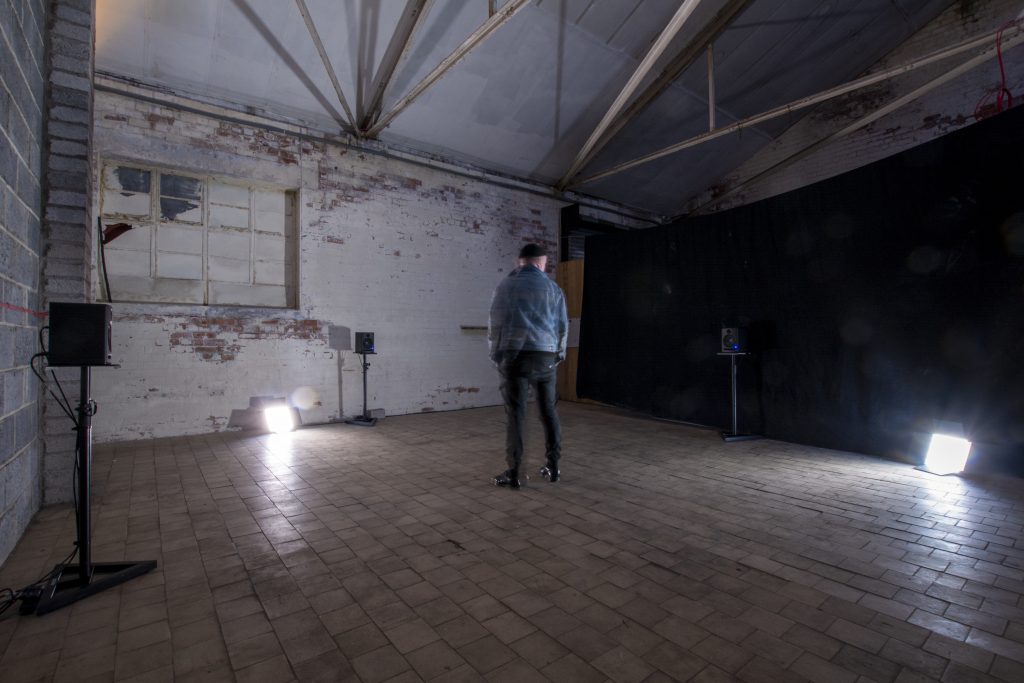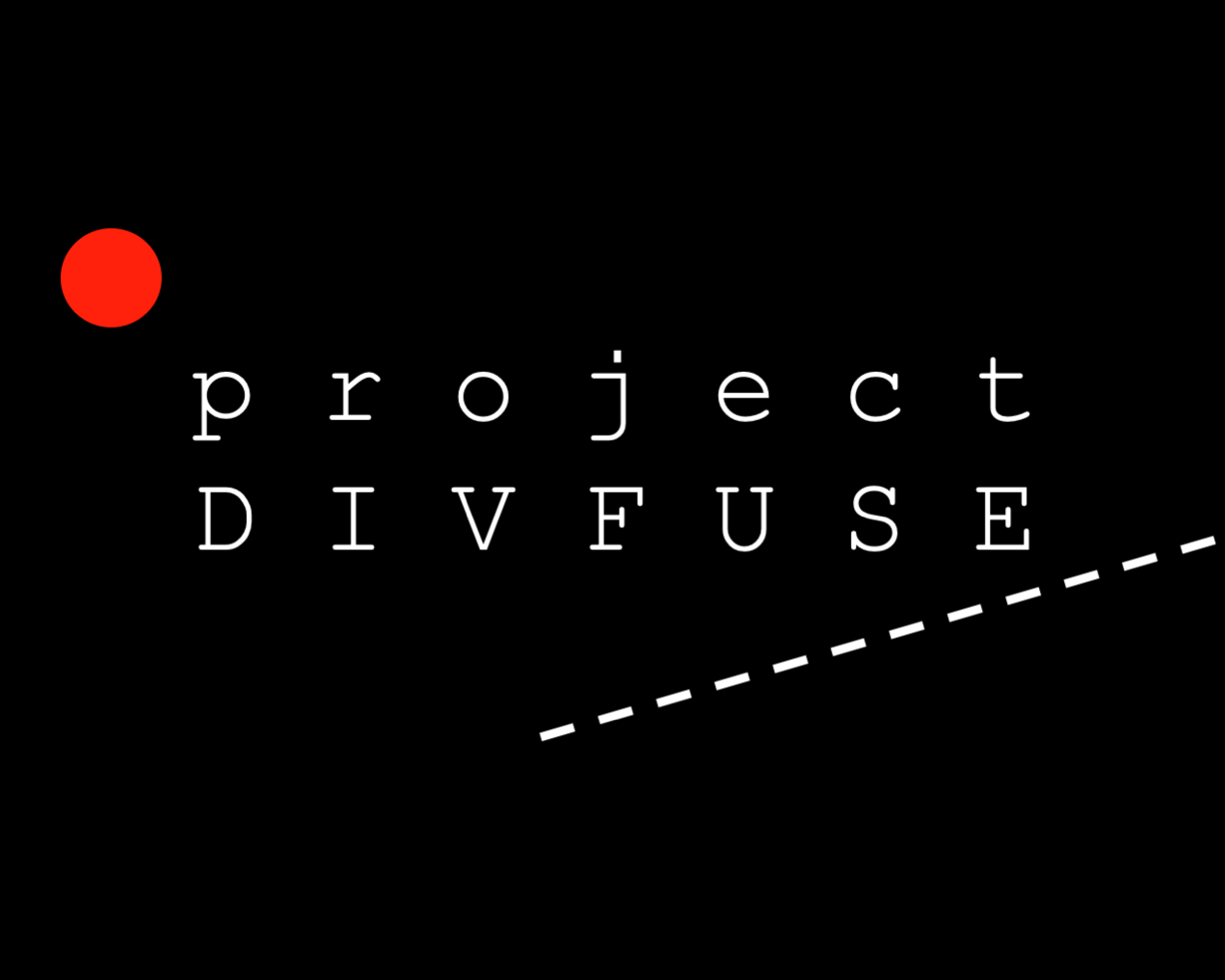Sound Exhibition :
9 September 2022 Friday 5-8pm
10 & 11 September Saturday & Sunday 2:30-6:30pm
Running Time : 12 minutes. Free Entry
This is one of the four exhibitions of work and artists selected from DIVFUSE Sound Archive No. 3 – an Open Call for pieces that are based on field recordings. We are pleased that this round of the Open Call is funded by the Arts Council England and the work was jointly selected between Project DIVFUSE and sound artist and tutor Jose Macabra.

Connemara Landscape (Wind Study) (2022)
Connemara Landscape uses the post-impressionist paintings of Belfast-born painter Paul Henry as a departure point for creating a ‘sonic landscape’. Focusing on the wind as its subject matter, the artwork is an attempt to collaborate with the weather, drawing on anthropologist Tim Ingold’s idea of ‘correspondences’ (where humans respond with sensitivity, care and judgement to other beings, matter and elements).
The work explores the idea of collaboration and correspondence by using a number of sound recording techniques that focus on ‘macro’ soundscapes, to ‘micro’ moments of resonance and musicality, created by objects and plants interacting with the wind. The work was created in March 2022, while on residency at Interface, Connemara, situated in the remote locale of the Inagh Valley.
False Detection (2019–21)
False Detection is composed of sound recordings from the electromagnetic spectrum. Electromagnetic fields (EMFs) exist beyond the threshold of human perception, yet envelop the environment around us, emanating from electronic devices such as cellphone towers and WiFi transmitters. The risks of EMFs are debated amongst different communities, with research suggesting that EMFs can have detrimental effects on some forms of wildlife.
For False Detection, the artist collected a series of audio recordings of EMFs and played them to a mobile phone app called BirdNet, which uses a machine learning algorithm to identify bird sounds in the user’s surrounding environment. By iteratively manipulating the sound recordings and letting the BirdNet app listen to them, the artist was able to ‘trick’ the app into thinking that the EMF sounds being played were being made by birds residing in the local area. In this sense, the artwork exposes the hidden architectures and processes of the algorithm; making it heard.
Christopher Steenson is an artist based between the north and south of Ireland. With a background in psychology and the sonic environment, his work uses sound, analogue photography, writing and digital media to forge ways of ‘listening to the future’.
Drawing upon the open methodologies of John Cage, and the idea of ‘correspondences’ proposed by anthropologist Tim Ingold, Steenson’s sound-based artworks attempt to operate as a collaborative process, emerging as a field of potentialities between listeners and (speculative) environments. Often taking the form of installations, public interventions and broadcasts, these artworks use the conventions of radio and transmission-based infrastructure to locate audiences within a ‘dreamtime’ – a space in which pasts, presents, and futures are negotiated on a continuum.
Recent presentations include: Soft Rains Will Come at VISUAL Centre for Contemporary Art (2022), curated by Emma Lucy O’Brien and Benjamin Stafford; Sonorities sound biennale (2022); the group exhibition Urgencies at CCA Derry~Londonderry (2021), curated by Locky Morris and Catherine Hemelryk; and the national public sound artwork On Chorus (2020).
Image from Christopher Steenson

